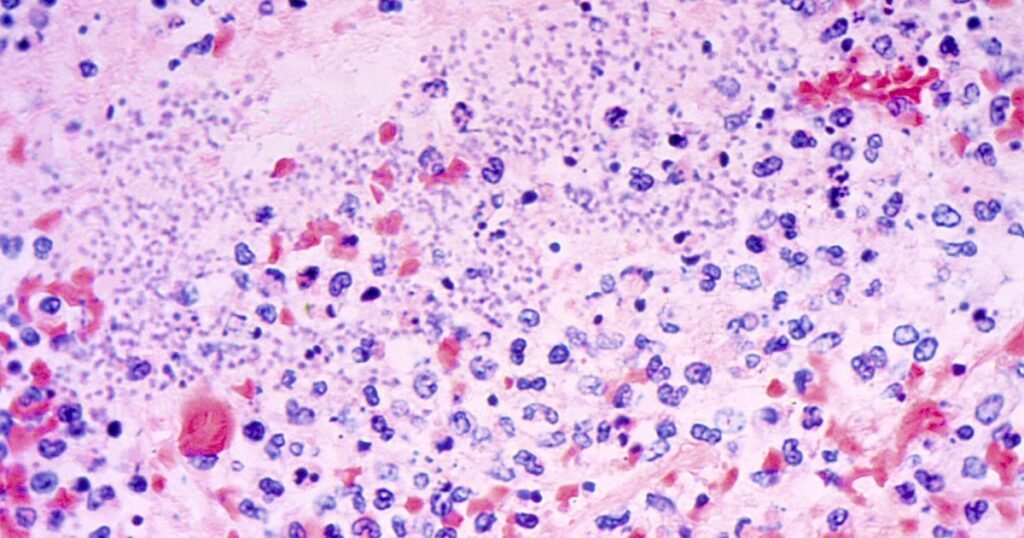Plague-Related Death Reported in Northern Arizona
A person in northern Arizona has died from pneumonia linked to the plague, according to health officials who announced the news on Friday.
Federal health authorities mention that cases of the plague in humans are quite rare.
This incident marks the first reported plague-related death in Coconino County, including Flagstaff, since 2007. Details about the victim remain undisclosed.
Patrice Holstman, chairman of the Coconino County Board of Supervisors, expressed condolences, stating, “Our hearts go out to the family and friends of the deceased. We are keeping them in our thoughts during this difficult period. To respect their privacy, we will not provide further details.”
The plague, known historically as the “Black Death,” was responsible for millions of deaths across Europe in the 14th century. Estimates suggest it may have wiped out 60% of the population in parts of Europe, the Middle East, and Africa between 1346 and 1353.
Fortunately, the condition is now effectively treated with antibiotics.
The most common form of the plague is transmitted naturally among rodents like prairie dogs and rats. There are also two other types: septicemic plague, which spreads throughout the body, and pneumonic plague, which primarily affects the lungs. Pneumonic plague is particularly deadly and can spread easily.
The bacteria are often transmitted through bites from infected fleas that can transfer between rodents, pets, and humans. It is also possible to contract the plague by coming into contact with bodily fluids from infected animals. Health experts advise caution when dealing with sick or dead animals.
This disease is most prevalent in rural areas, particularly in northern New Mexico, northern Arizona, southern Colorado, California, southern Oregon, and western Nevada. The Centers for Disease Control and Prevention (CDC) notes that between 1970 and 2020, there were 496 recorded cases of the plague, mainly in the western and southwestern United States, with New Mexico accounting for more than half of these cases.
In fact, a human case recently emerged after a resident of New Mexico died in southern Colorado last July from a plague infection acquired in March.







